Two wheels good, electric even better
Nepal's revolution in battery-powered four-wheelers is spreading to e-scooters and e-bikesThree out of every four cars Nepalis buy is now an electric one, a huge step in reducing air pollution and the country’s dependence on imported petroleum.
However, 80% of existing vehicles are still two-wheelers, scooters or bikes, and these still overwhelmingly run on petrol. All that may also soon be changing.
There are an estimated 1.3 million two-wheelers in Kathmandu Valley, which has a population of 3.5 million. They are the preferred mode of transport because of affordability, mobility, ease of repair with spare parts and mechanics readily available.
And in the past two years, two-wheelers have also transformed transportation with ride-sharing companies, food delivery, and e-commerce companies.
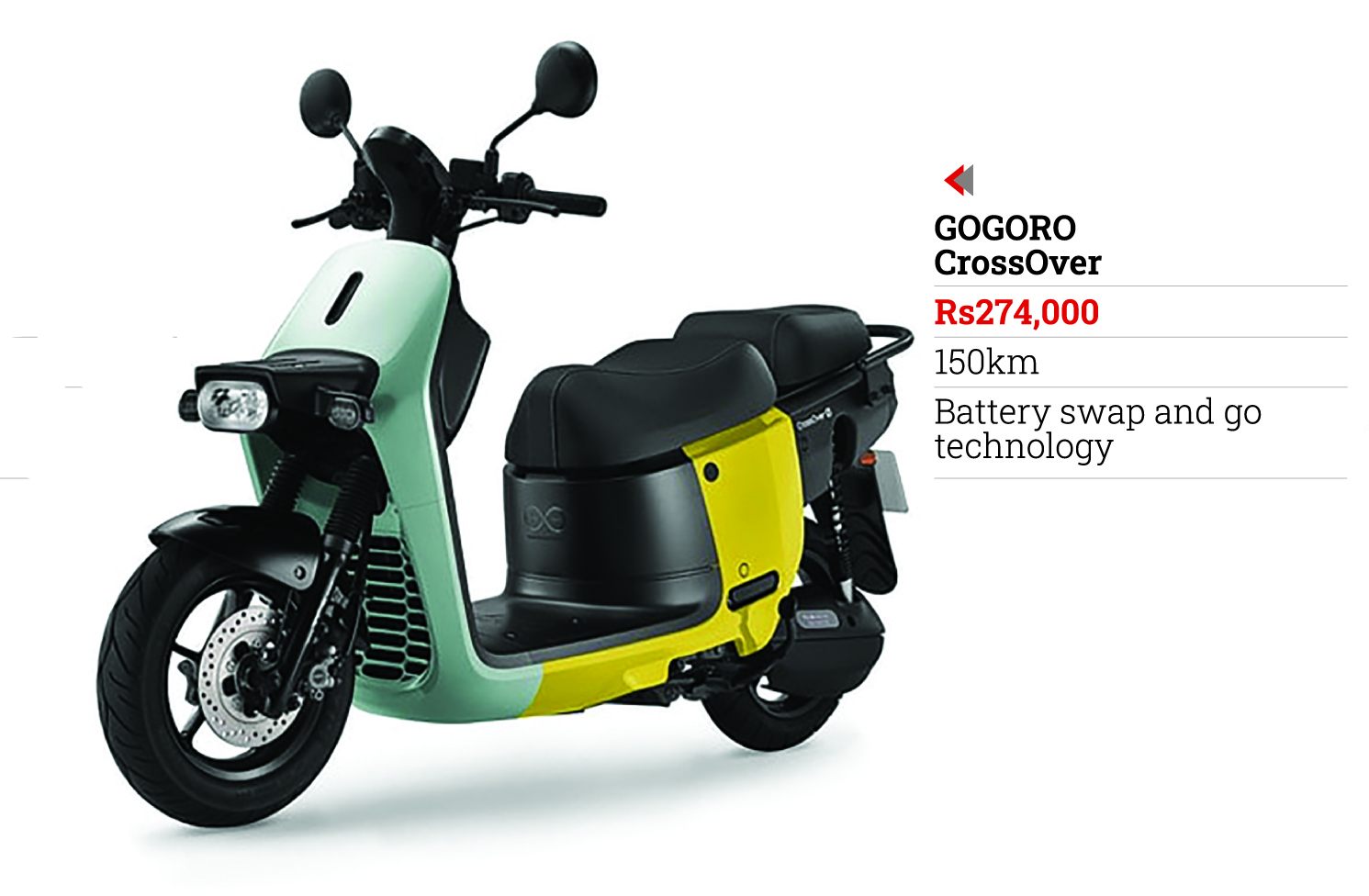
Motorcycles even played a big part in the 8-9 September protests, when demonstrators tore through streets looking for targets. The controversial TOB biker’s group was noisily patrolling the Mandala-Baneswar stretch, exhorting the GenZ rally. Many bikes were parked inside the Parliament compound, and social media posts show motorbikes revving hard right up to the steps of the Parliament building.
While dirty exhaust from diesel trucks and buses are readily visible, the emissions from two-wheelers are unseen and odourless with carbon monoxide, ozone and other toxic gases adding to the Valley’s hazardous air quality.
The next big step to clean up the air and make personal mobility more sustainable would be a switch to e-scooters and e-bikes and bump up their sale rates to EV levels.
“The public mentality about electric two-wheelers is flipping,” says Bijen Koirala, at Yadea e-scooters Nepal. “People were sceptical about them but now trusted brands are involved. Over the next several years, expect a majority of scooters will be electric.”
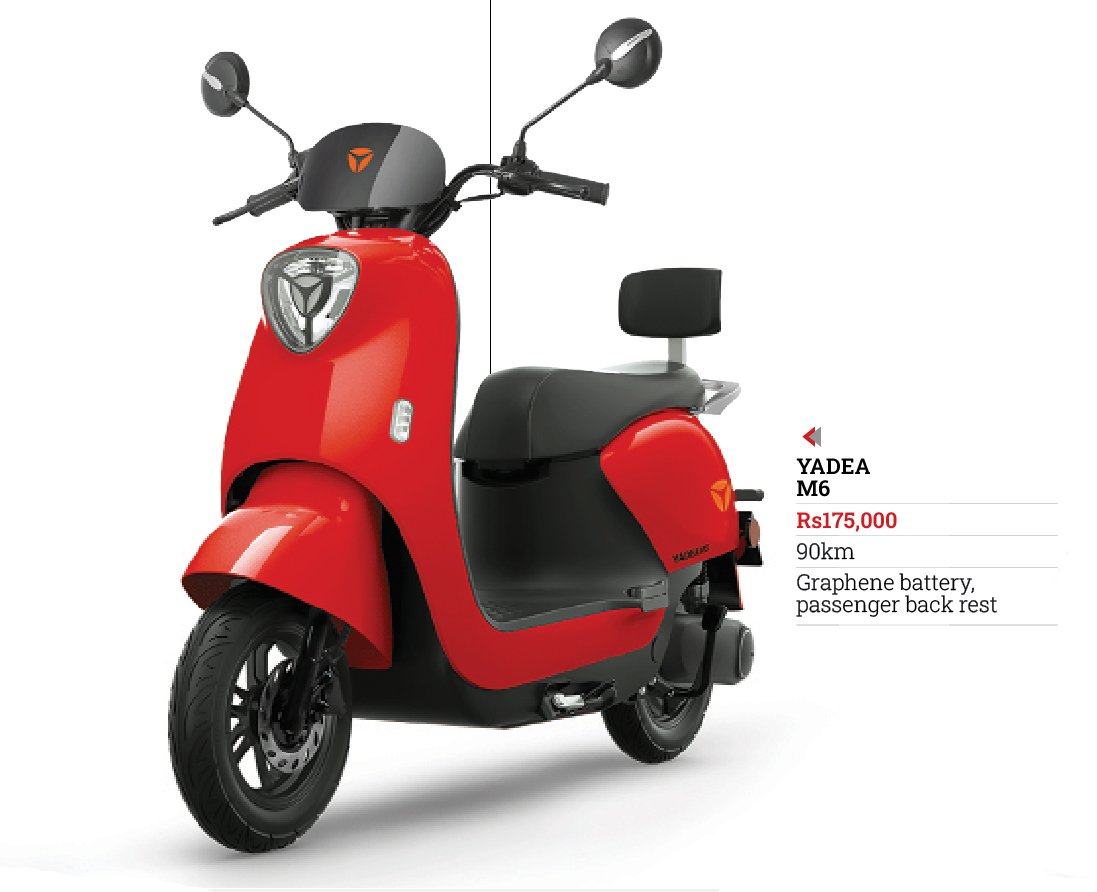
Yadea is a Chinese manufacturer of electric bicycles, motorcycles, and scooters, and has a large and expanding presence across Asia, and in Nepal it sells five e-scooter models ranging in price from Rs175,000 to Rs370,000.
This range is exactly competitive with brand new petrol scooters from Honda, Yamaha, or Vespa. However, scooters can be bought second hand for under Rs100k. Koirala says an e-scooter would save customers close to Rs1.1 million over six years based on riders doing 90km a day using Rs500 worth of petrol. The same distance would only cost Rs27 worth of electricity.
However, while 90kms might be a reasonable estimate for individuals who drive for ride-share or delivery serviced for a living, most Kathmandu commuters do not need that range and that is why Yadea is aiming for that market segment.
“One of the main concerns customers have about electric vehicles is range,” Koirala explains. “But most commuters travel a maximum of 60km a day, which e-scooters can do easily.” Notably, the Yadea E8S Pro is billed at 150km, and according to Koirala, is consistently getting at least 110km on Kathmandu roads.
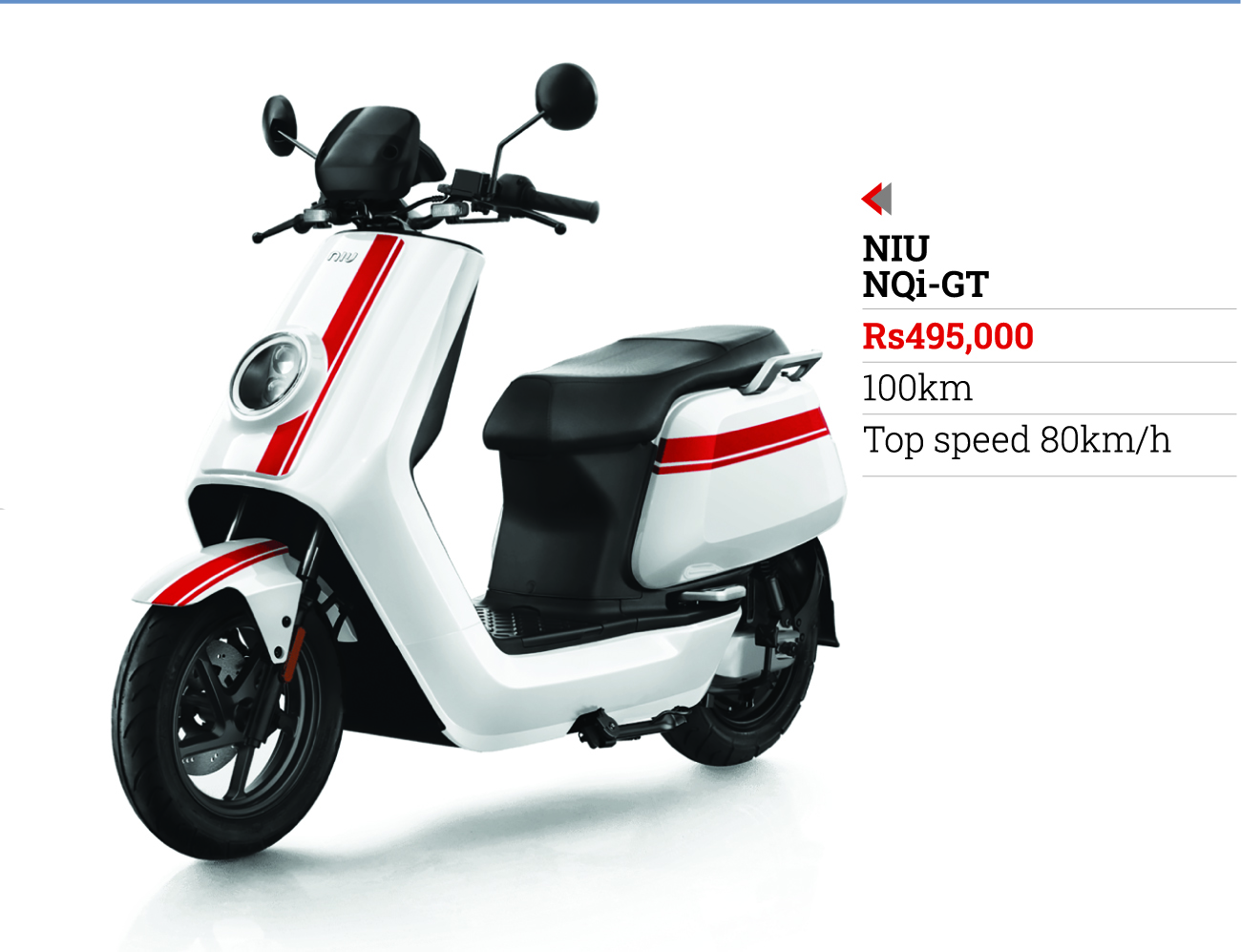
Another concern is after-sales service, battery life, resale value, availability of parts. It could be a matter of time. He points to the electric four-wheelers, and how markets for their resell and maintenance have grown over the last years as they became so prevalent.
Petrol bikes will retain their popularity, at least in the near future, because many people use them for inter-city travel to Chitwan or Pokhara, and the 100cc bikes are still primary vehicles for most families.
A recent boost in interest in e-scooters can be explained by two consecutive auto shows, NADA and NAIMA in August. A new player in the e-scooter market is Bajaj which launched its Chetak model after NAIMA, and is conducting trial sales only inside the Valley.
Chetak hopes to win buyers over with its design. Says Rameshwor Ghimire at Bajaj: “We surveyed customers and found out that to to 80% of them were turned off with e-scooters because of how they looked and how they were built like toys.”
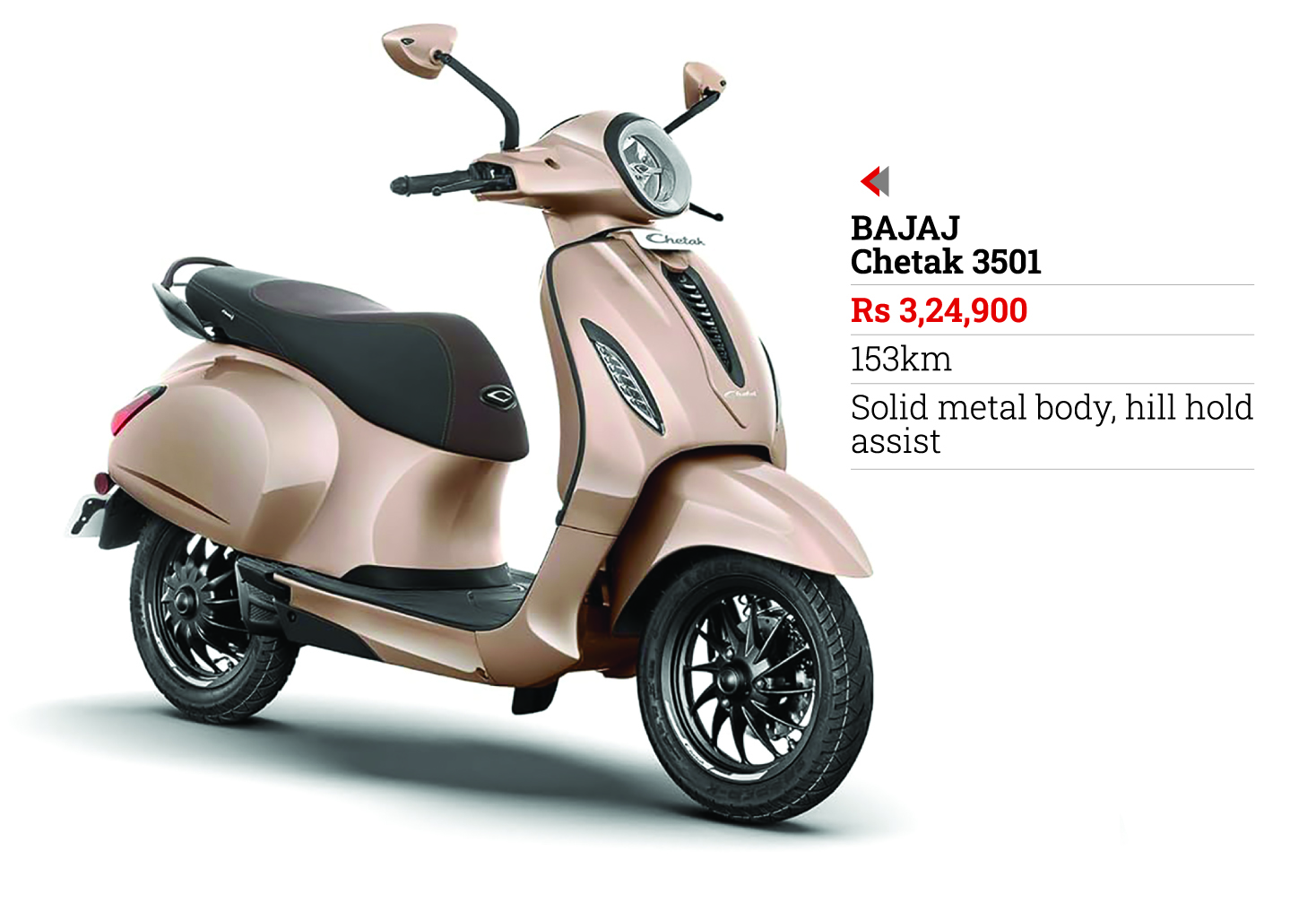
The Chetak has a fully metal body and looks no different from a petrol scooter, although there is a slight learning curve -- especially with the abrupt braking. For the average Kathmandu user riding 20-25km a day, using an e-scooter saves Rs70,000 in fuel every year.
Ghimire says the other plus point is that the Chetak is about Rs60,000 cheaper than other Indian e-scooters with similar real range.
At NAIMA, another e-scooter import, Ather, launched the Rizta. Suryansh Vaidya, CEO of Ather’s parent company Vaidya Energy, was pleasantly surprised by how well the model did at the autoshows, given that it was a ‘family’ scooter close to Rs400k, optimised for storage space rather than performance.
“We’re having some trouble understanding the Nepali market,” admits Vaidya, “it isn’t clear why the most expensive variant would be the best selling, perhaps people are just willing to stretch their budgets when they buy.”
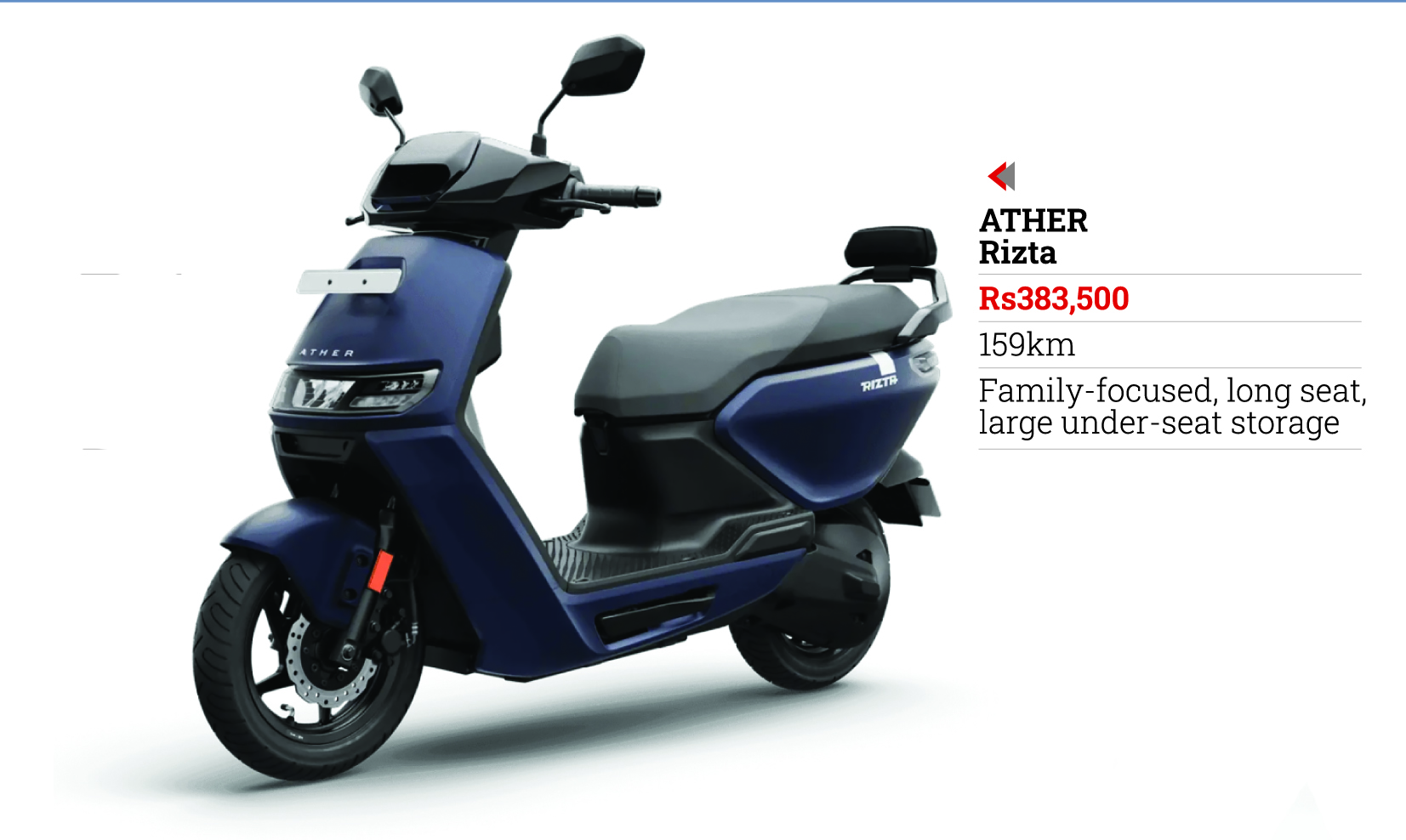
Generally, the scooters that do well in Nepal are more energy-efficient, ‘performance’ scooters. But Vaidya points to four factors holding back e-scooter adoption: charging infrastructure, resale value, servicing, and less trust in the battery. Ather, he says, is trying to improve on all fronts.
Ather open sources its plug points to encourage more uniform chargers like it is with four-wheel EVs. At the moment, manufacturers use different charges. For servicing, Ather looks to establish service centres across the nation.
An obstacle there is that mechanics have to usually be trained from scratch. “We hire technicians right out of college, and start them on a 1-2 month long training,” says Vaidya. He points out that for EVs, mechanics must know both the hardware and the software of the vehicle.
But e-bikes need a lot more engineering to give them more effective range at affordable prices to make them popular. At the moment, electric motorcycles are expensive and are sold mostly as sports bikes.
But there is hope. Says Vaidya: “That is the strategy Tesla went with early in their life as a company, and look at them now. With the state of new battery research and development, it may happen sooner than later.”
writer




